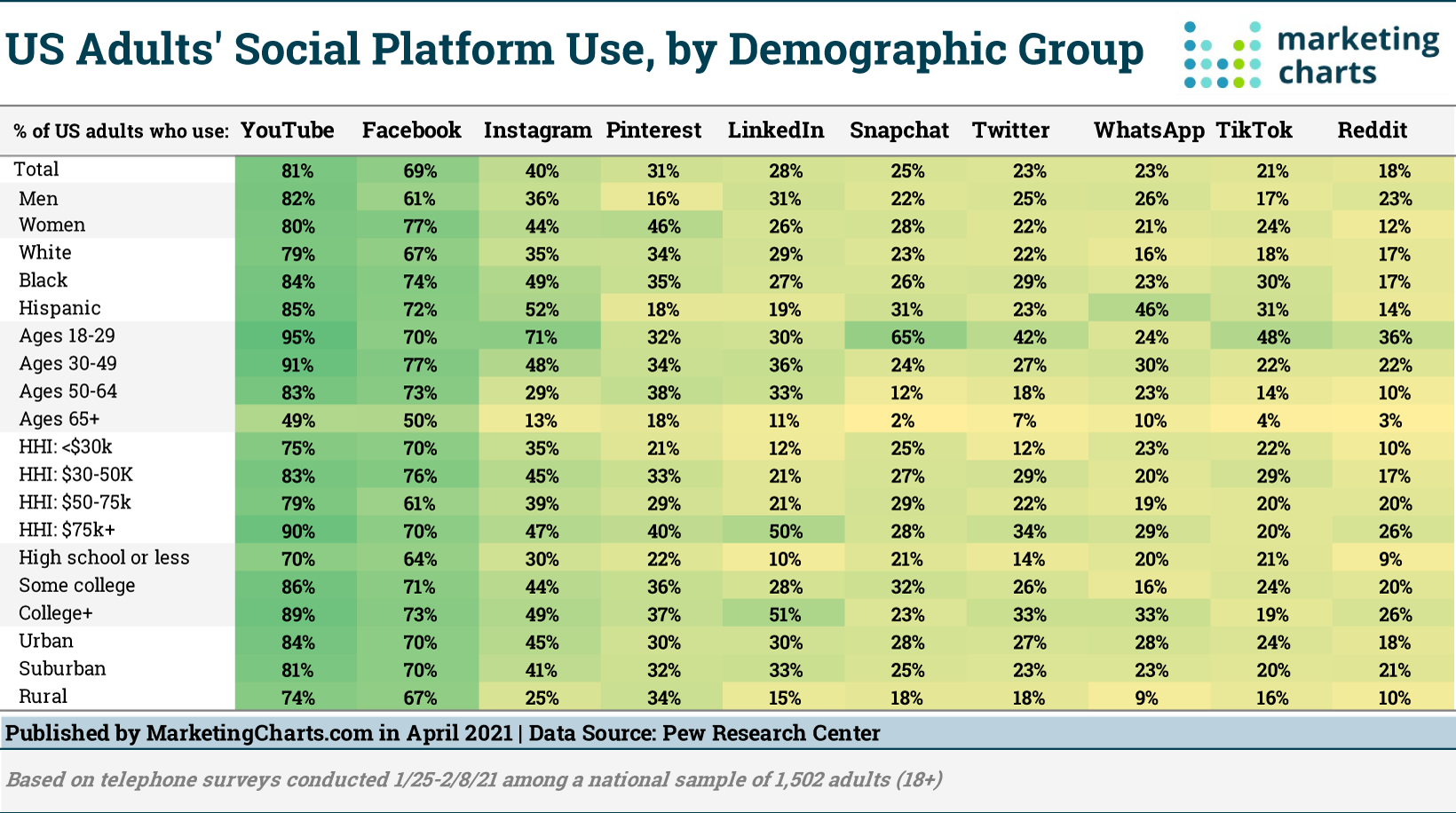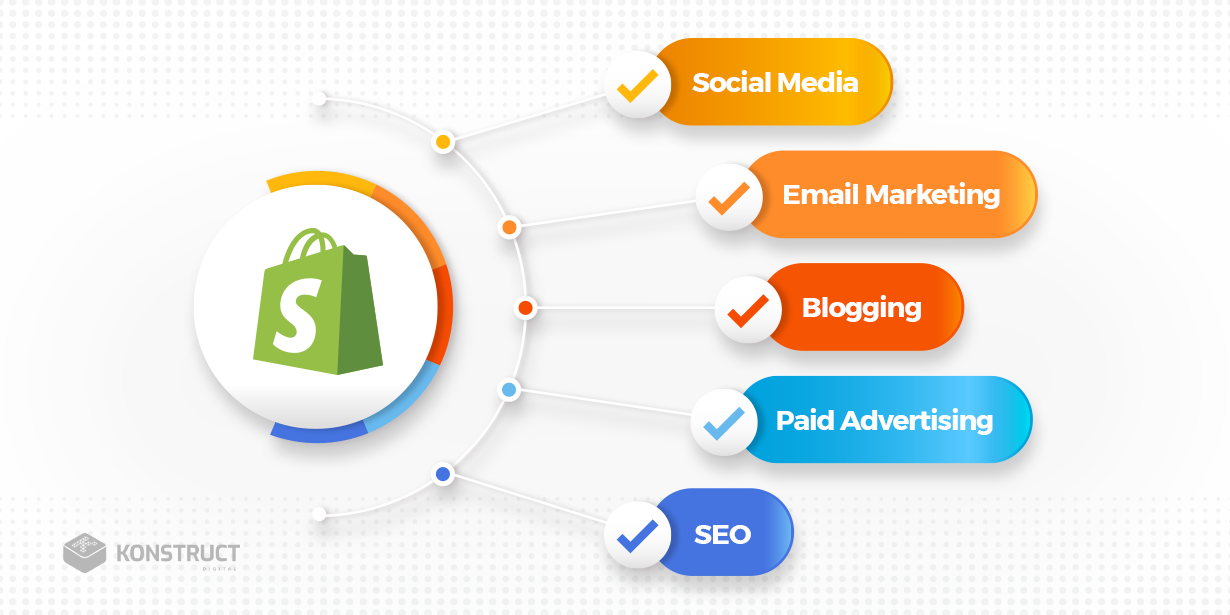
If you've ever had to handle a social media crisis, you're probably overwhelmed by the task at hand. Here's how you can prepare for one: Create a social media crisis communications plan that focuses only on the important aspects of the situation. For your brand to be clear and concise in its social media crisis communication, it is important that you have a plan. To avoid creating another crisis, you need a plan that is both efficient and fast.
Preparing for a Social Media Crisis
The digital age is characterized by social media crises that can arise at any moment. In such a situation, the best way to deal with it is to be prepared. Preparation of a plan with key stakeholders and clear chains of command is the best way to deal with it. If you can, avoid a crisis altogether. If you do have to confront one, learning how to react to it will make your life easier.
Prepare your employees. Make sure that everyone knows they can be spokespersons. Keep them informed via internal communication and train them to respond to social media posts. Destruct the plan of action once the crisis is over to find out if it was effective. Take copies of all communication and evaluate both online and offline coverage in a crisis. A social media crisis FAQ should be prepared and an action plan created.
Planning
When your company is facing a social media crisis, the first step is to prepare a detailed social media crisis management plan. The plan should cover all aspects of crisis response including the extent of the issue, the channels that can be used, and how to address each. It is helpful to create templates to send messages and post to key stakeholders.

A failure to implement protective measures or the inability of communicating effectively can lead to a social media crisis. It is important to create an internal communication system and assign different roles for each employee. This will allow you to quickly respond to any situation and identify the right person to contact. Remember that a social media crisis can start with a small complaint about a service or product. If it happens, it will be seen by the public and you won't be able to apologize to all employees.
Create a team
It is important to have a team who can work together when dealing with social media crises. While every employee can be a potential spokesperson, you must be sure to keep them updated through internal communication. Collaboration software and employee scheduling tools make it easier to create a team for managing social media crises management. You can easily create canned communications and internal responses that you can use during crises.
It's important to ensure that your team has a good understanding of how to handle social media crises. This will ensure that everyone on the team is able to take corrective actions and not make mistakes. You should ensure that your team has the right training to handle any negative feedback. It is important to make sure everyone understands the rules. Even internal communications can be made public, and could cause serious damage.
Use tools
A company must use tools to manage social media crises. A properly planned response plan can save a brand's reputation and put it one step ahead of competitors. If you have never had a social media crisis, now's the time to get started. Hootsuite Amplify, which allows users to distribute pre-approved company messages, is a great place to start.

You can prevent reputation damage by using a tool that tracks mentions and updates. 37% of social media users expect a response within 30 minutes. A tool that allows your company to track mentions will help you respond faster and address common customer queries more effectively. You can easily see which mentions caused the most damage as well as what can be done to correct it.
FAQ
What length should my content marketing campaign last?
It varies based on the type of service or product offered.
If you are a shoe seller, for example, you might spend a month designing new shoes. For example, you could launch your new product in August. You may then continue to update it throughout each year.
If you sell clothing, you may design one look for fall as well as another for spring. You want to keep your customers interested by offering something new every day.
Your goals will determine how long your content marketing program can last. A small business may only require you to concentrate on one channel. For larger companies, you may need to consider multiple channels to reach a broad target audience.
How long does content marketing take?
It depends on the size of your business. Content marketing is often not feasible for small businesses. If you put in the effort, it can really pay off.
Is a Content Marketing Strategy right for me?
If you are clear on what you want, then a Content Marketing Strategy can work for you.
Here are some questions to ask to get you started.
What does my business need to communicate? Or, do you want content that is universally appealing?
Do you want to concentrate on generating leads?
Are you trying to promote one or multiple products?
Are there people I'd like to meet outside of my industry, or am I open to reaching them?
A Content Marketing strategy will be the right choice if you answered yes to any of these questions.
How much does content marketing cost?
Prices for content marketing vary depending on whether the solution is outsourced or managed by you. Outsourcing content marketing services are usually cheaper than hiring full-time employees, allowing you to scale quickly when you need more coverage.
According to HubSpot research, outsourcing content production costs around $5 per lead generated (for B2B companies) compared to $22 per lead generated (for consumer brands).
You can find many free tools on the internet that will help you create content that converts.
There are many methods to optimize content for search engines like Google or Bing. For example, you could write original articles and guest post on blogs. Or, you could curate content form other websites or reuse existing materials.
If you choose to produce your own content, then you must learn how to make great content. However, once you are proficient in this skill, it will be easy to produce content.
Start by creating basic landing pages with WordPress. Then, you can move on to building your website. This will allow you to build a portfolio.
What is it worth to hire a content strategist for your company?
Many agencies and freelancers are willing to offer content creation services at reasonable rates. Some companies may pay more to get the best possible project manager.
Statistics
- Forty-seven percent of buyers view 3 to 5 pieces of content before engaging with a sales representative. (mailchimp.com)
- Content marketing produces 3X more leads per dollar spent. Content marketing costs 62% less than traditional marketing. (criteo.com)
- This marketing strategy landed Ford a 15.4% conversion rate. (neilpatel.com)
- According to research compiled by Coschedule: Companies that publish 16+ blog posts a month get as much as 3.5x as much traffic as those that publish 0-4 posts a month. (criteo.com)
- Seventy-two percent business to business (B2B) (mailchimp.com)
- In fact, would pay more for a better customer experience, and 86% of B2B buyers would pay more. (neilpatel.com)
- Out of the 1,500 marketers we surveyed for our State of Content Marketing report, 78% who felt their content marketing strategy was exceptionally effective in 2021 had documented their strategy. (semrush.com)
- To further show the importance of this, 89% of people have stopped doing business with a company because of a poor experience. (neilpatel.com)
External Links
How To
How to create stunning photos
Images are a great way to make your content standout from others. Images are a great way to communicate ideas visually. They can grab attention and increase engagement. They help convey complex concepts simply and effectively, and they're also useful for highlighting key points in any kind of written content (e.g., blog posts, social media updates, etc. ).
Images can help to make a piece or presentation more interactive and lively if used correctly. You could end up with mediocre results if you don’t know how to select the right image. Here are some tips to help you choose the best images for your next job.
-
Know what makes an image good. There are several factors to take into consideration when choosing photos. You want images that are concise and clear. A cluttered image won't cut it. It won't attract attention the same way a clear, concise photo would. Images that don't show people smiling or looking directly at the camera are also not recommended. It can give the impression that what you're saying isn’t very interesting. You want the image to not distract from what you are trying to convey. If it draws too much attention away from the content, then it's probably not ideal.
-
Seek inspiration. Once you have a list of possible candidates, it is time to look through them and select those that interest you. First, take a look at the captions. These may be written separately or included by some photographers. You want to make sure the caption is clear and interesting. Pay attention to the context. Is this a place you would expect to see people having fun? Or maybe it's a place that looks like it could be dangerous. Maybe it's somewhere you wouldn't normally associate with happiness. Whatever the reason you like the picture, think about what it means for the overall message that you want to send.
-
Check out different types and sizes of images. You can highlight specific aspects of your text by using images. This is one of the greatest benefits of images. You might want to include a picture of the product in action if you are writing about it. A similar image could be used to illustrate the information in an infographic. These visual aids can be used to draw people to your information. They will feel more connected to what they are sharing.
-
Use the right file format. It is important to know which file format to use when selecting images. When working on web pages, you generally have two options: JPEG and GIF. Both are great file formats, but each has its pros and cons. JPEG files can be used for all media types, including websites and posts on social media. They are particularly useful for photos as they allow you to store large files in a very small area. However, they tend to lose quality over time, meaning they become pixelated after a few years. GIFs are smaller than JPEGs, so they're better suited to graphics and animation. They do not support transparency so they are unsuitable as photos.
-
Other visuals are also welcome. You can include additional visuals in your content if you are having trouble coming up with images. As it is a distraction-free environment, it can improve the effectiveness and usability of your post. They are less likely to leave the page when they read your article. One of the best ways to add extra visuals to your site is by creating infographics. Infographics have become very popular as they are quick and easy ways to share many useful information. They are also great for adding visuals to your blog posts.